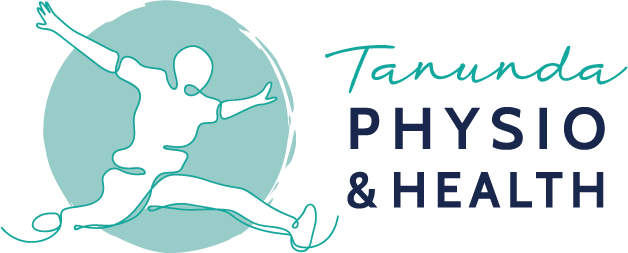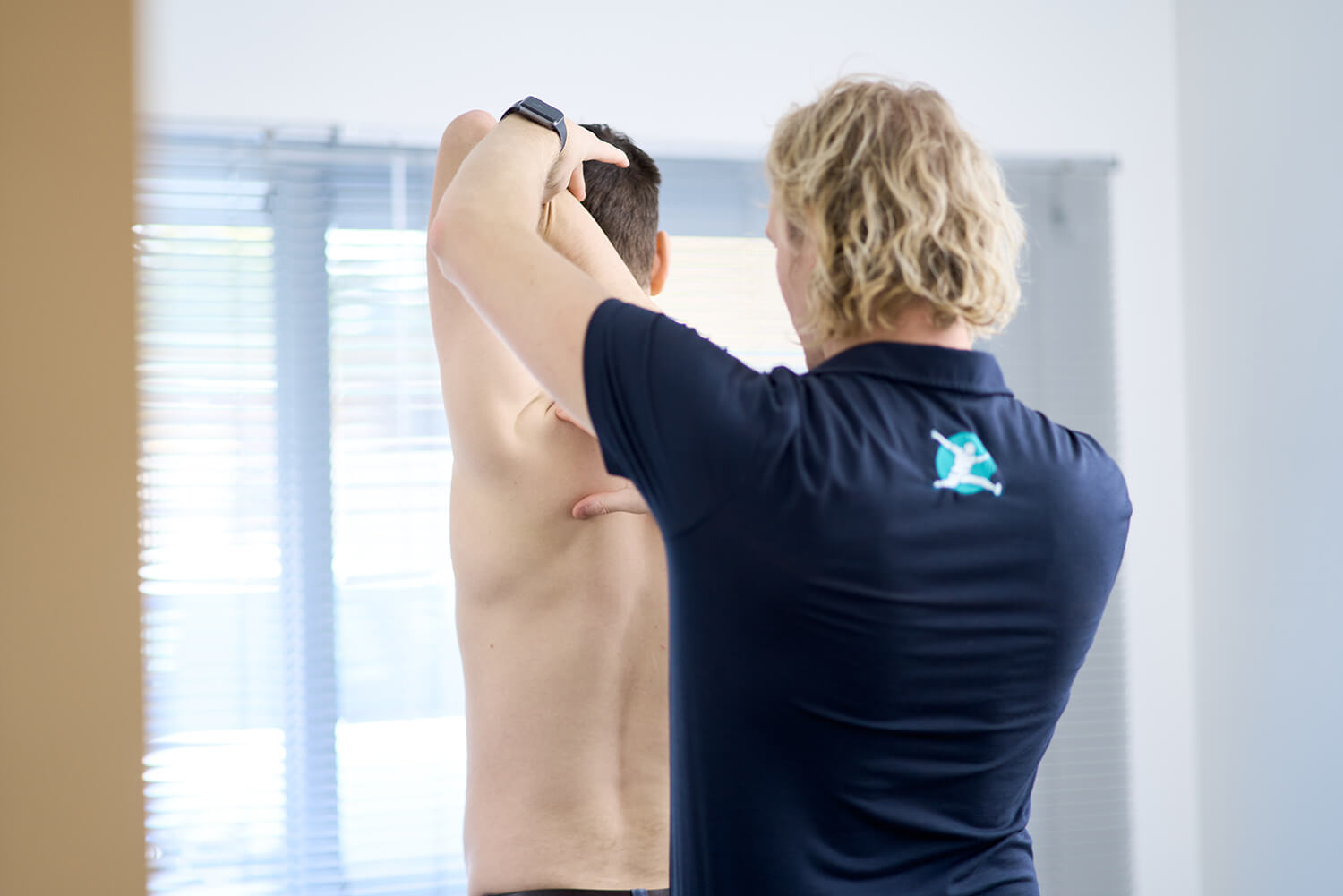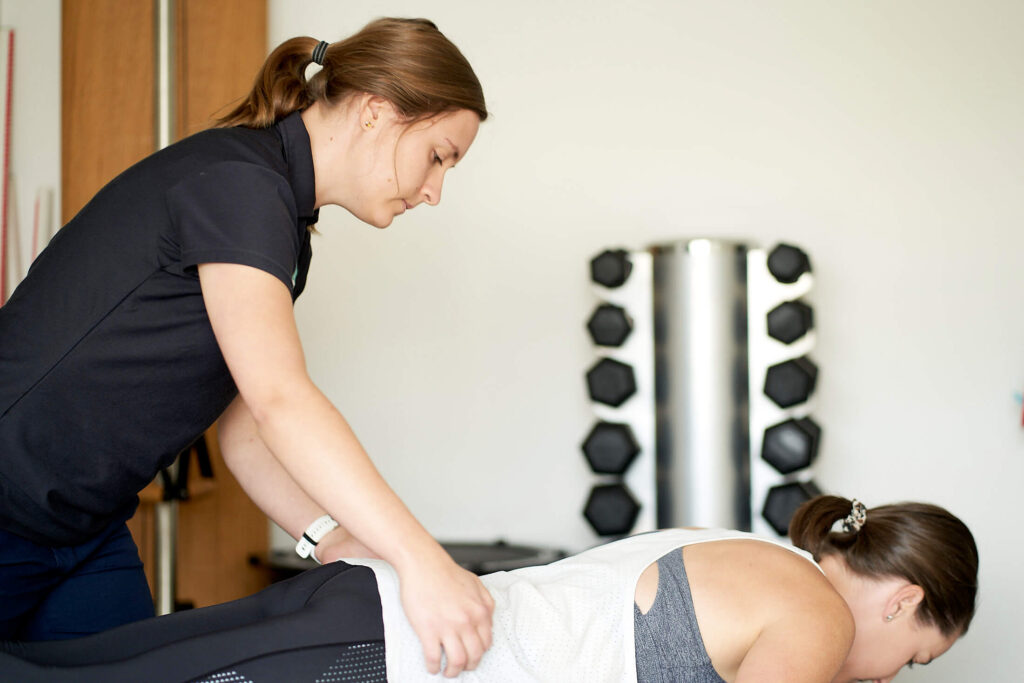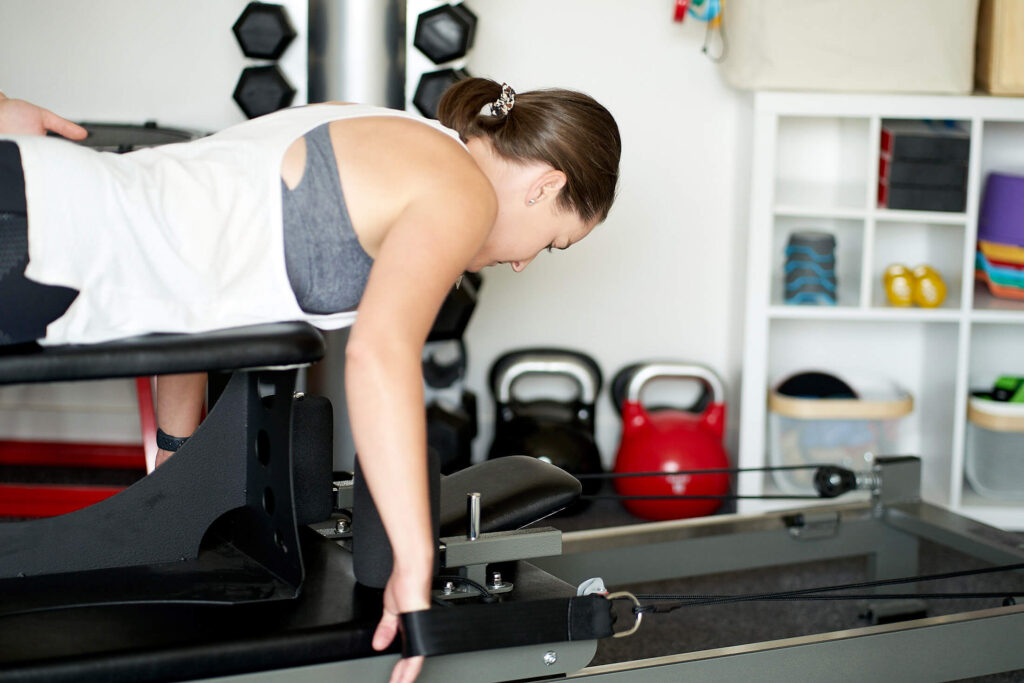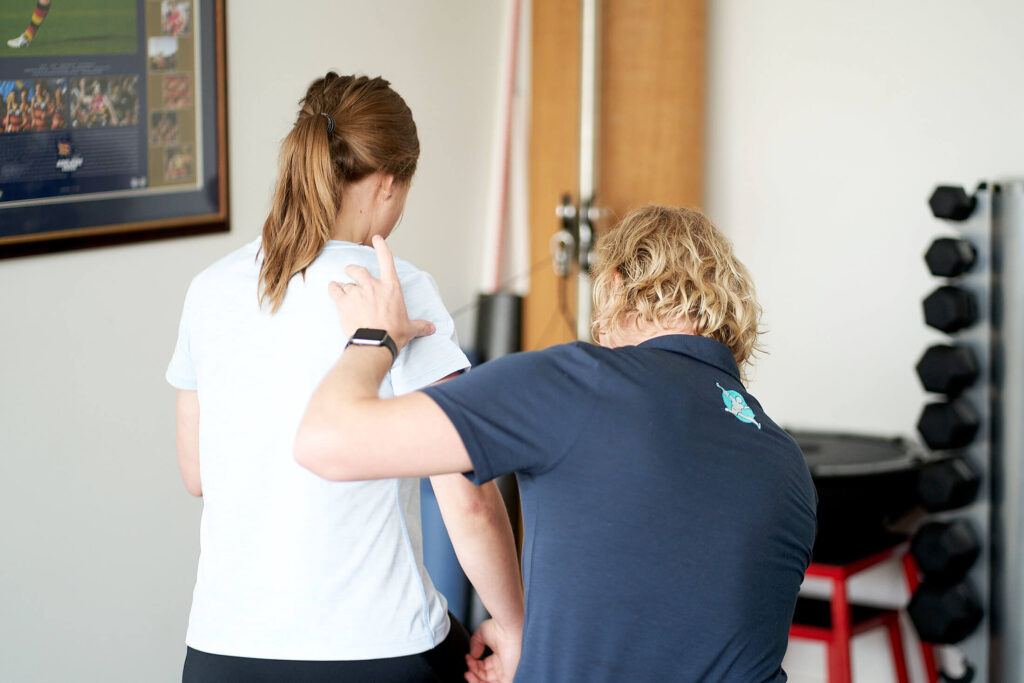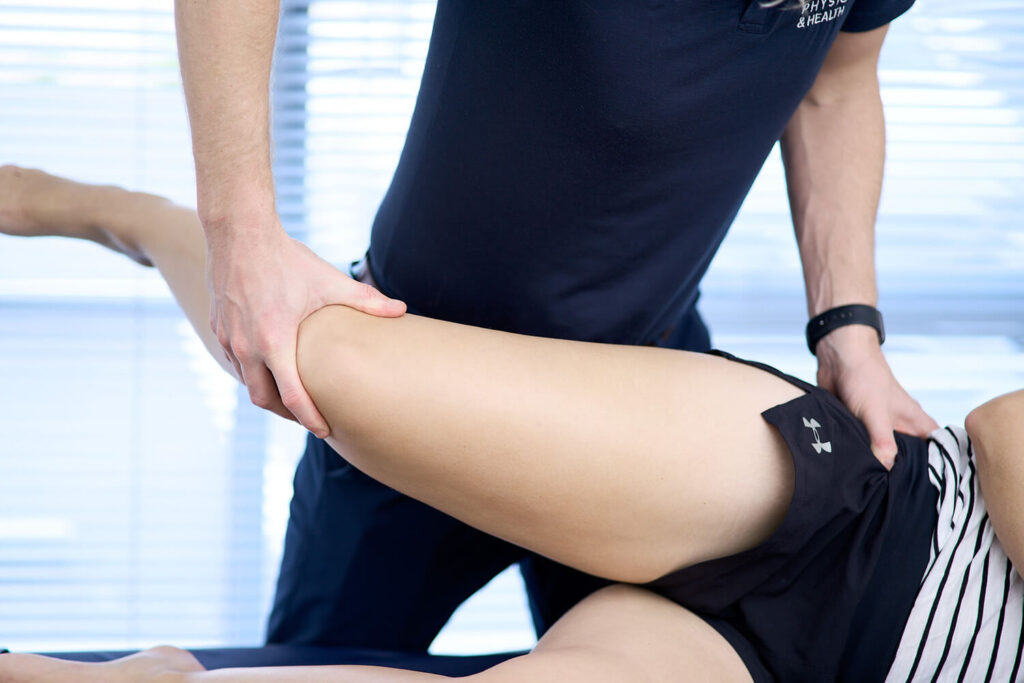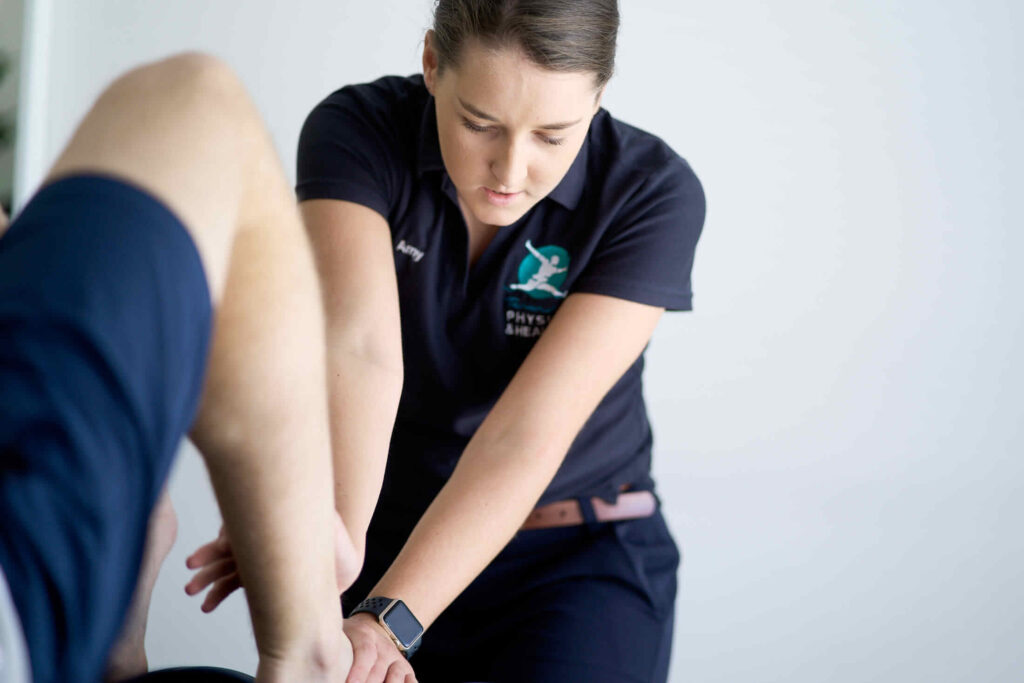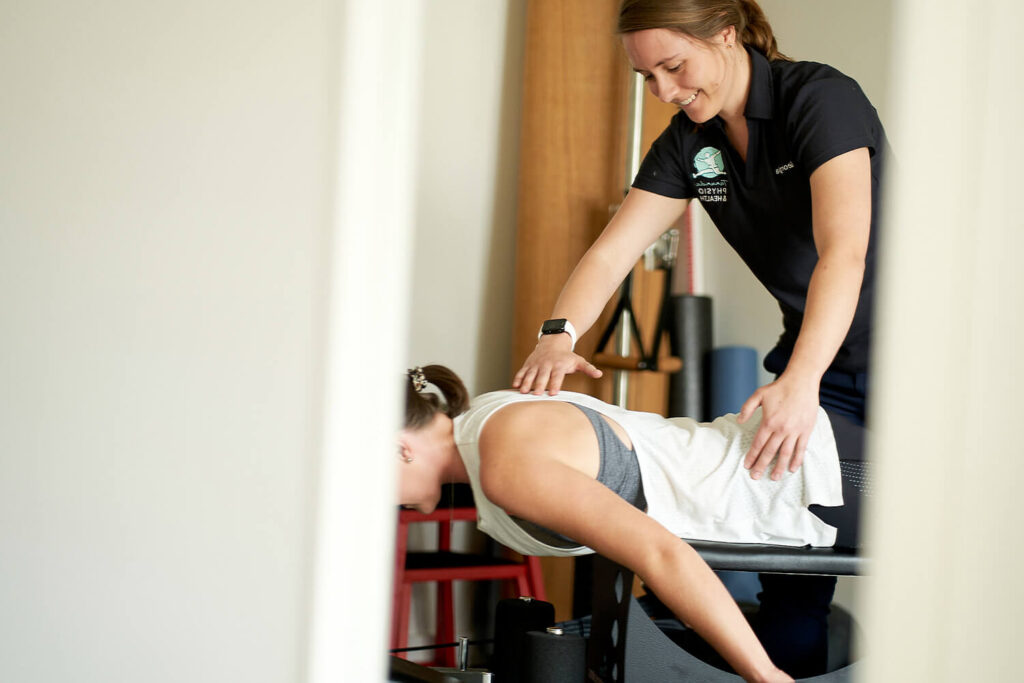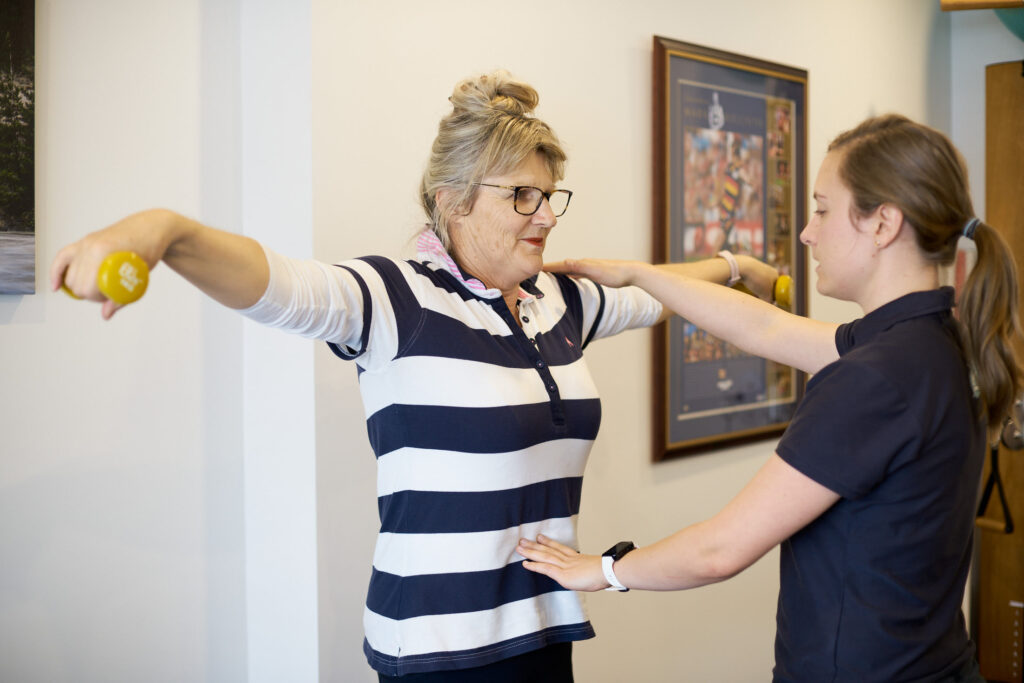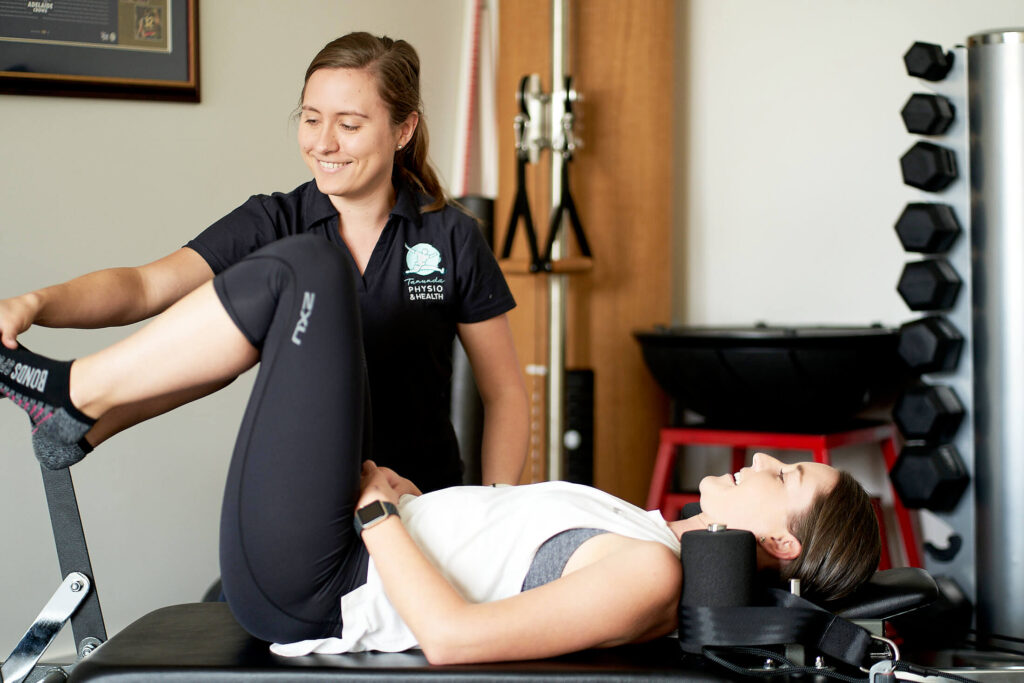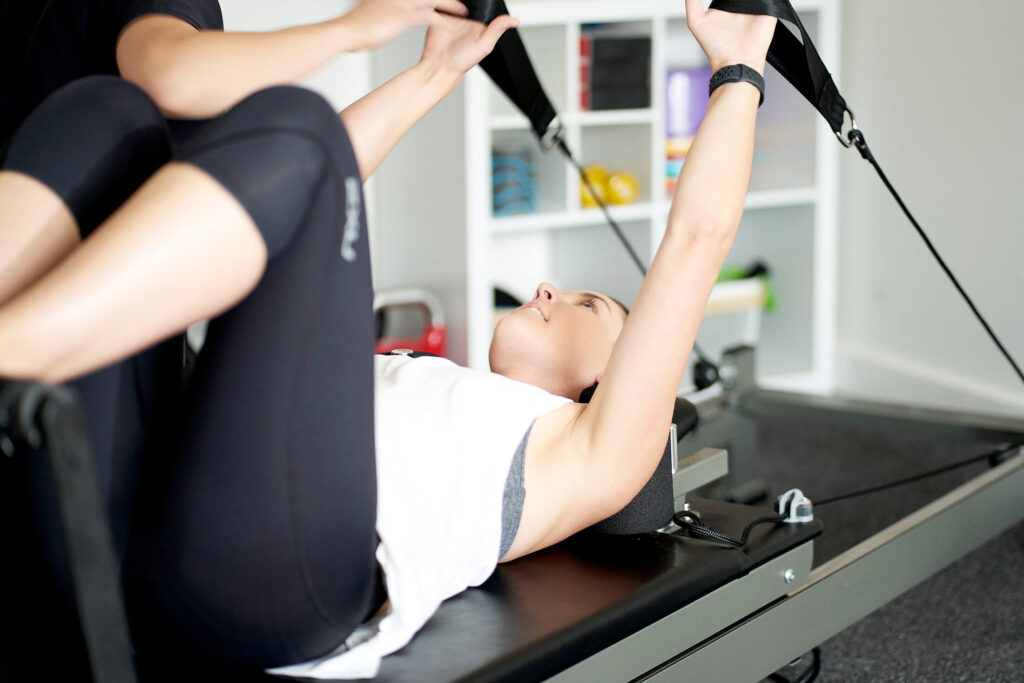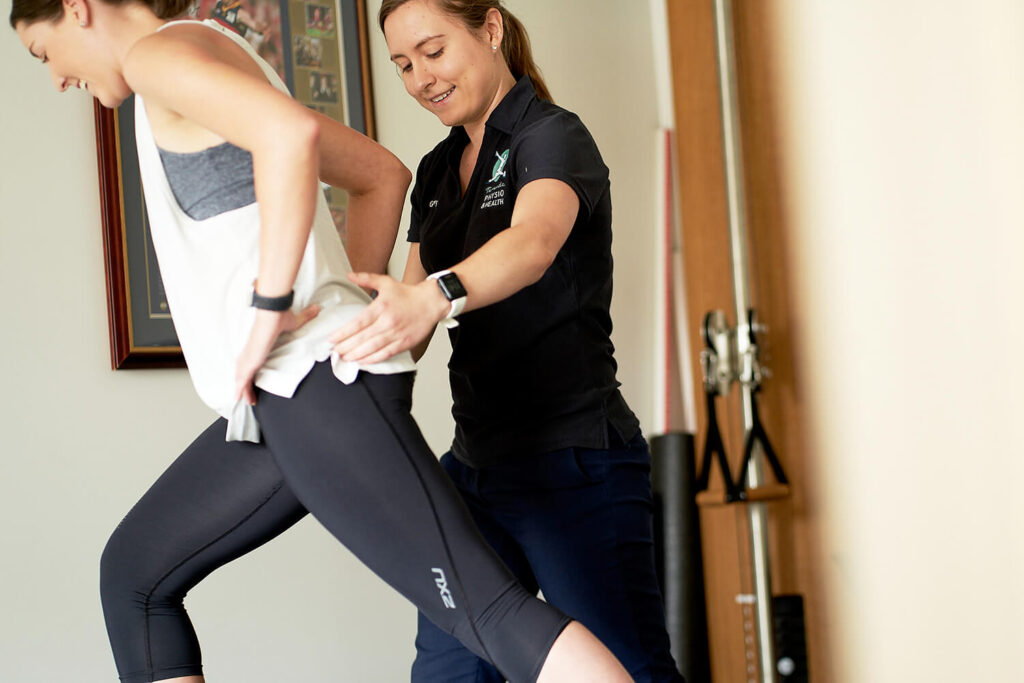Pilates is fantastic as a land based, low impact and specific strength and conditioning workout for swimmers of any level. These exercises easily replicate the…
Preventing Shoulder Pain in Throwing Sports
Shoulder injuries in throwing sports such as cricket are very common. Depending on where you look, stats show that up to 20% of Cricketers at the professional level will have shoulder pain or injury in a given season.
At amateur level this is generally higher as the preparation and conditioning is not to the same standard.
It is also very common for people who throw irregularly to hurt themselves. This is akin to trying to sprint or do a marathon after sitting on the couch for 6 months – it is a sudden, high intensity demand placed on the body when it is not conditioned to that stress.
When injury occurs, especially from throwing, damage to the Rotator Cuff is the most commonly experienced.
How much force is the shoulder under when throwing?
Throwing is considered one of the fastest human motions performed, and maximum arm internal rotation speed reaches about 7000 to 7500°/second.
This is comparable to the speed of a helicopter blades!
Is it any wonder why repetitive throwing, or throwing when you’re not used to it, can lead to rotator cuff injury?
And this isn’t just throwing. This also applies to sports like tennis, squash, or lacrosse.
What puts you at risk of shoulder injury?
The biggest risk factor for shoulder injury is having a previous shoulder injury,
It is important that players can address their risk of injury BEFORE they start having pain.
This also indicates that rehabilitation from shoulder injury is sub par.
Aside from previous injury, the main things known to contribute to increased risk of injury include:
- Muscle weakness
- Strength imbalances
- Reduced flexibility
What is the rotator cuff and why is it important?
Your rotator cuff is the combination of 4 small muscles deep in your shoulder.
While they do help to rotate your shoulder, their main job is to keep the head of your arm bone firmly in it’s shallow socket, and stabilise the joint while all the big muscles do their thing.
If you think about when you throw or bowl a ball, and how much force you have to produce to throw hard and fast- and then you also need to slow your arm down rapidly too.
The rotator cuff muscles are responsible for that explosive generation and deceleration of movement.
If those muscles don’t have the capacity needed, they will be easily overloaded and injury occur.
How can we offer a better solution to shoulder injury rehab and prevention?
Given past injury is the biggest predictor of future injury, it means the usual rehab programs are either insufficient or not fully completed by the injured person.
To identify the needs of each individual and develop a specific exercise program we need to be able to perform an assessment providing us specific data.
At Tanunda Physio & Health we bring elite level sports science to the community level using our AXIT strength testing technology.
Using this equipment, we can test individual muscle groups and movements and it provides exact measurements on the strength and power generated.
Without access to this advanced system, your therapist is only guessing.
We use this unique ability to
- identify where you are weak (and where you aren’t)
- Calculate strength ratios
- Design a very targeted rehab program
- Measure the effectiveness of treatment
- Progress rehab as your results change
We perform this test on many movements and muscles and compare results to what evidence proves necessary.
One example of a movement we test is Shoulder rotation.
This can be performed in various positions dependent on the stage of injury and rehab.
This position is a good mid level test.


Shoulder Outward Rotation
With the results we look at four main things:
1. How much strength you have (peak force)
If this is at least 17% of your bodyweight, your risk of injury is greatly reduced.
2. The balance, or the ratio, between the 2 movements.
In this position, Inward and outward rotation should be equal.
If that balance is out, there is also an increased risk of injury.
Note, your strength may exceed 17% but be dominant in 1 direction, this is still known risk factor.
3. Side to side symmetry
This is especially important in return from injury.
It may be normal for your throwing arm to be slightly stronger than your non-dominant side. But if the throwing side tests weaker after injury, then this is a strong indicator you are not appropriately prepared for a return to sport.
4. The speed you can generate the force
Throwing is a fast paced movement, so you may have good strength but a “slow” acting muscle that will still fail at the high velocity needed. We generally only look deeply at this once the peak force levels are met.
If these targets are not met, then strengthening exercises can help address this, and reduce the risk of future injury.
Of course, things other than your rotator cuff play a role. Shoulder flexibility, upper back and neck mobility, even your trunk and hips are things we look at during a comprehensive screen. Remember, throwing a ball or swinging a racquet uses your whole body, not just your shoulder.
If you are interested in what you can do to reduce your risk of shoulder pain and injury, book an assessment now!



